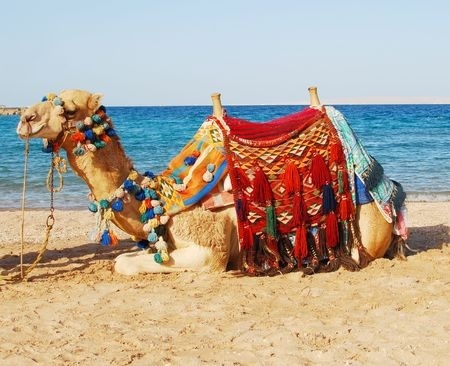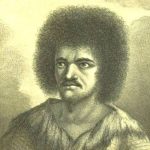
How well do you know Jamaica folklore and history. Here are 22 things Jamaican should know. They will make you proud and bring a smile to your face. Test your skills to see how many of these you knew.
1. What animals, now died out, were brought to Jamaica in the 18th century to carry sugar?
Answer: Camels.
2. What is another name for “Halifax Mutton”.
Answer: Salt fish. Originally a cheap source of protein imported from Nova Scotia for enslaved labourers, many members of the planter class referred to it by this name while enjoying it as much as their slaves did.
3. Who said “I would rather die in yonder gallows than be a slave another day”?
Answer: Sam Sharpe.
4. Who said “The monster is dead. The negro is free” and where did he say it?
Answer: William Knibb, midnight on August 1st 1838 in Falmouth. He was preaching in what is now the William Knibb Memorial Church.
5. What would the child be “marked” with for protection?
Answer: Laundry blue or “coolie red” (carmine)
6. What is a cotta?
Answer: A pad of leaves or cloth placed under loads carried on the head.
7. What is “Zella”?
Answer: Another name for nine-night. (The term may be unique to Portland) It may be a derivative of zeli, the word for drum in Ewe, one of the Kwa languages of Ghana.
8. What is the tea made from Love Bush good for?
Answer: Colic, asthma and “mirasmi.”
9. Who declared that he would ascend to heaven on December 31st and descend back to Jamaica on January 3rd?
Answer: Alexander Bedward the founder of Bedwardism. It was a popular Afro-Jamaican politico-religious movements from the 1890s to the 1920s. Bedwardism attracted tens of thousands of followers with a call for social justice, as well as socioeconomic programs for the lower classes.
10. What would traditional midwives in days gone by put on a baby’s navel after the umbilical cord was cut?
Answer: A dressing made of castor oil and nutmeg.
11. What would she put in the water for the baby’s first bath?
Answer: Rum and a silver coin. Tradition holds that the father should provide the coin.
12. Where in Jamaica had piped water before New York City did?
Answer: Falmouth. A 20 foot water wheel was installed in 1799 on lands at Martha Brae, which was turned by the current of the stream and emptied about 100 gallons of water per revolution into a wooden trough approximately 20 feet elevation. A six-inch main carried the water for about a mile into a large tank in the town square of Falmouth. The town square is still called “Water Square “as a result.
13. You can burn these leaves to keep away duppy.
Answer: Croton. (aka Rosemary)
14. Which town has a clock tower that was paid for by one of Jamaica’s German settlers and was designed to look like a German (Prussian) soldier’s helmet?
Answer: Lucea.
15. Where was the first place in Jamaica to have electricity?
Answer: Black River. It was installed by the Leyden family in their house in 1893. The house is now Waterloo Guest House at 44 High Street.
16. Who was the first black Custos of St. Andrew and what famous edifice did he build?
Answer: George Steibel. Devon House in 1881.
17. Why would you place a broom upside down behind a door in your house?
Answer: To make an unwanted guest go away
18. Solas Market became Jubilee Market. What was its name before that?
Answer: There are currently 4 main markets in Kingston: Jubilee, Queens, Redemption Ground and Coronation. Solas market was previously known as Chiggerfoot Market. Chiggers used to be a common complaint amongst slaves who rarely wore shoes. After emancipation, the term chiggerfoot eventually came to be applied to poor people. Several markets had this name, both in and outside of Kingston.
19. What is the heart of a soursop said to cure?
Answer: Bed wetting.
20. What is a thunderball (or thunderbolt) and what is it used for?
Answer: Any smooth stone found in a field. They used to be put in earthenware containers of water to keep it cool. Known in other islands as “thunderstone” or “lightening stone”, they are traditionally believed to have fallen from the sky and used to be of religious significance. The ones found in Jamaica have been identified as Taino in origin.
21. What is pinda cake made of?
Answer: Sesame seeds and peanuts.
22. What are senseh fowls good for?
Answer: They will unearth any ‘guzu’ buried in your yard. Also used to chase mongoose.





